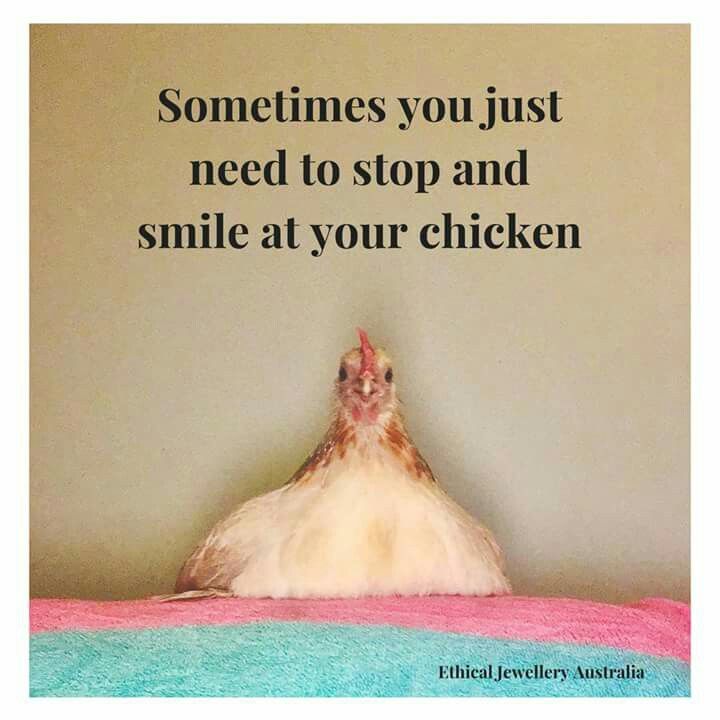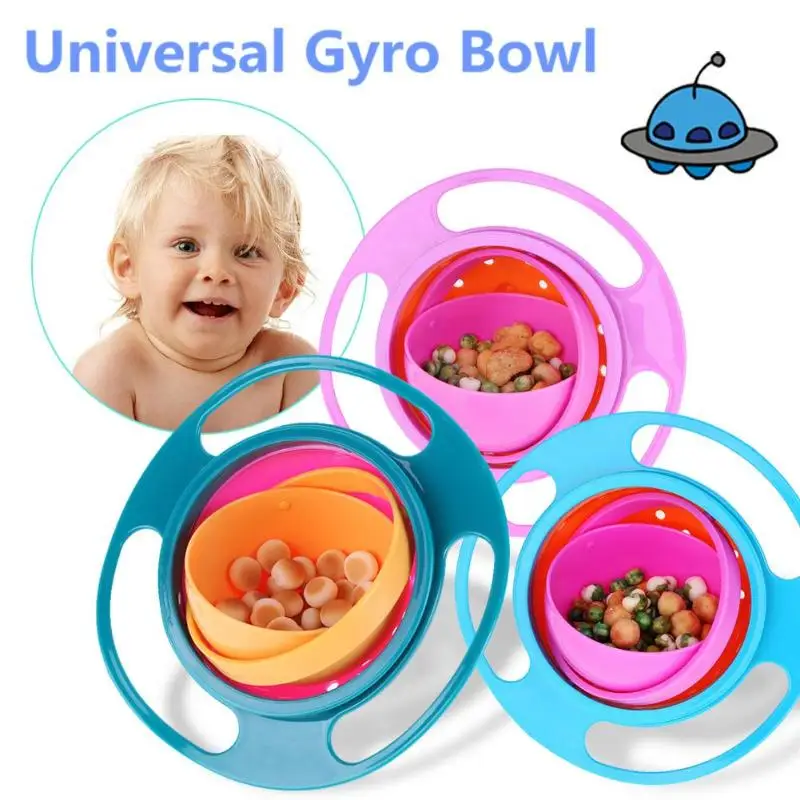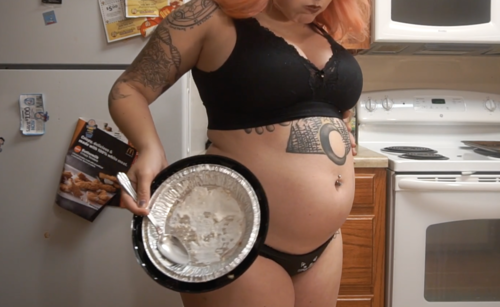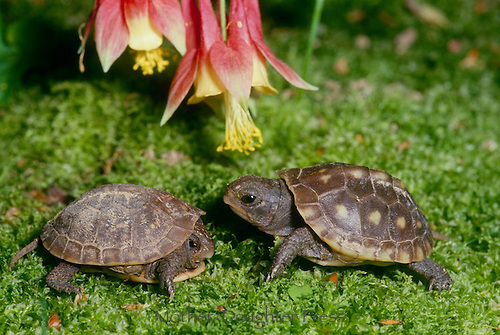Baby food with wheat
Wheat for Babies - First Foods for Baby
When can babies eat wheat?
Wheat may be introduced as soon as baby is ready to start solids, which is generally around 6 months of age. Wheat is a common allergen in children, so take care to introduce the grain in small amounts at the start.1
Background and origins of wheat
The nutty, nutritious wheat plant has come a long way since prehistoric times when humans began growing and eating the ancient grain. Now one of the world’s most cultivated cereal grains—second only to corn—the wheat plant has an extensive family tree with many varieties to try, from einkorn to emmer, farro to freekeh, semolina to spelt. However, one type of wheat dominates the worldwide market: common wheat, or “bread wheat” as it is sometimes called because of its popularity in baking. At harvest time, farmers thresh the seed from the grass, and from there, the grain kernels are processed to create hundreds of food products. For example, common wheat is used to make bagels, beer, bread, couscous, crackers, croissants, flour tortillas, naan, noodles and pasta, pita, pizza dough, plant-based meat, udon, and many more delicious foods.
For information on other wheat products, check out our pages on bread, couscous, freekeh, Khorasan wheat, and pasta.
Is wheat healthy for babies?
Yes. Wheat offers plenty of carbohydrates plus some fiber and protein, too. However, some types of wheat offer more nutrition than others. The amount of processing also plays a vital role in nutrition. Let’s take a look at three everyday wheat products:
Wheat Berries. The most nutritious way to serve wheat is the wheat berry, which is simply the whole grain kernel with the inedible husk removed. A wheat berry can be milled to make flour, but when served as a whole grain, it offers lots of nutrition thanks to the kernels’ key components: the fiber-rich bran, the starchy endosperm, and nutrient-packed germ.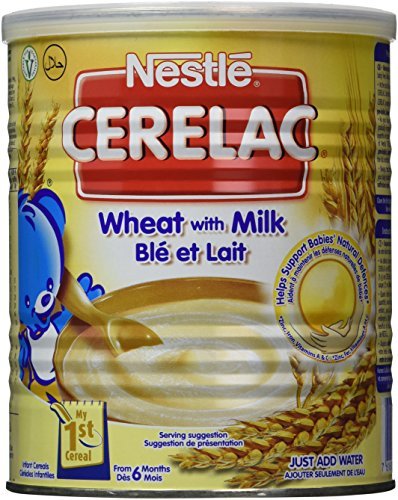 These parts of the kernel contain lots of fiber, protein, and nutrients like iron, magnesium, selenium, and B vitamins. Wheat berries contain beneficial plant compounds like carotenoids, lignans, and phytosterols that can support heart health.2 3
These parts of the kernel contain lots of fiber, protein, and nutrients like iron, magnesium, selenium, and B vitamins. Wheat berries contain beneficial plant compounds like carotenoids, lignans, and phytosterols that can support heart health.2 3
Whole Wheat Flour. Whole wheat flour is a great choice when baking for a child. When wheat berries are milled to make flour, sometimes producers include the bran and germ; other times these parts of the grain kernel are stripped away. That’s the difference between whole wheat flour and white flour, which consists of only the starchy endosperm. Pound for pound, whole wheat flour contains more calories, protein, fiber, and nutrients like iron, zinc, and B-vitamins than white flour.
White Flour. White flour contains fewer nutrients than whole wheat flour, but it still offers plenty of carbohydrates to energize growing babies. White flour has many monikers: all-purpose, bleached, cake, enriched, pastry, self-rising, unbleached, and wheat flour.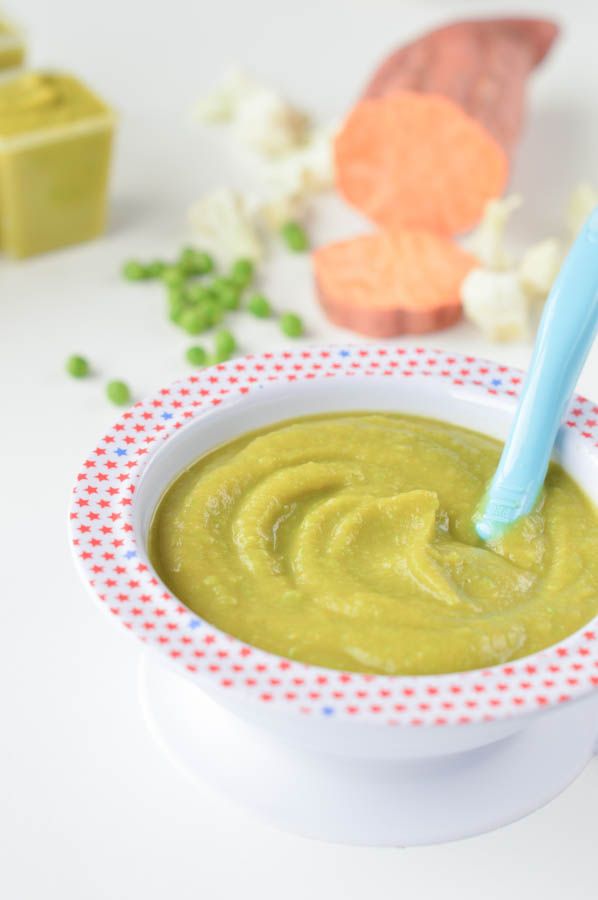 Each type has slight variations in the amount of nutrients, with enriched flours generally offering the most nutrition of white flours.
Each type has slight variations in the amount of nutrients, with enriched flours generally offering the most nutrition of white flours.
★Tip: Choose organic wheat when budget and access allow it—or opt for alternative grains like amaranth, buckwheat, Khorasan wheat, or quinoa. Conventionally-grown wheat is commonly sprayed with pesticides that can negatively impact human and environmental health.4 5
Which breads are most nutritious for babies?
Sprouted bread is an excellent choice for babies. Sprouted bread is made from grains that have begun the germination process, meaning that the seeds have started to sprout from exposure to water and warm temperatures. Not only does this process yield more nutrients than whole wheat grains, sprouted grains help the human body better absorb these nutrients from the food.6
Another great choice is sourdough bread. Sourdough bread is made with a starter dough that consists of water and wheat. As wheat ferments in water, the starter dough develops natural yeast and breaks down gluten.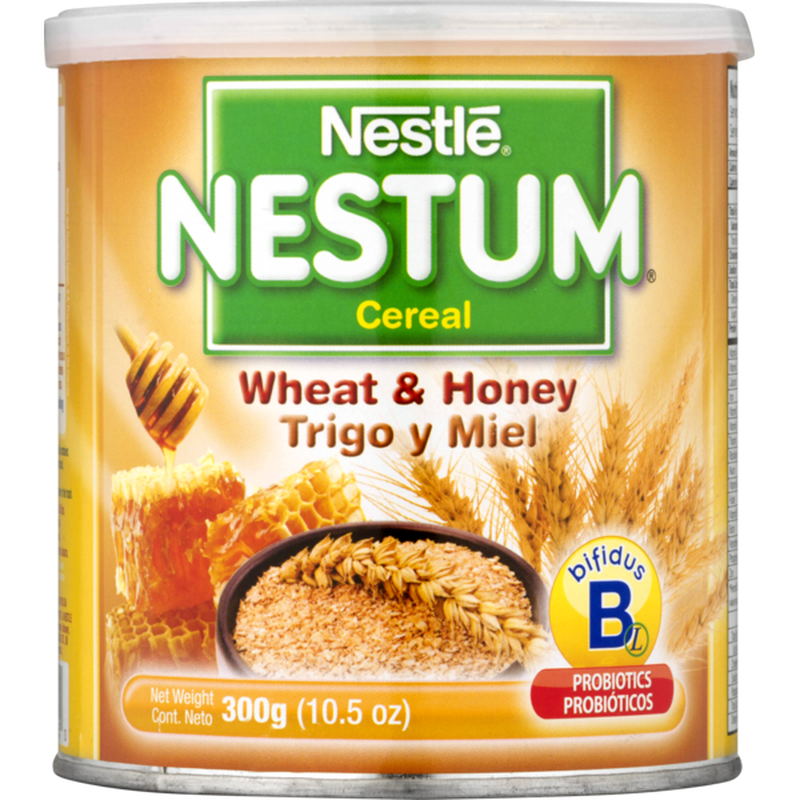 Like sprouted breads, sourdough is also easier to digest, plus the nutrients in them are also more easily absorbed by the human body than bread made with refined white flour.7
Like sprouted breads, sourdough is also easier to digest, plus the nutrients in them are also more easily absorbed by the human body than bread made with refined white flour.7
Learn more about the best breads for babies.
Can babies eat gluten?
Yes—as long as a child does not have wheat allergy, non-celiac gluten sensitivity, or celiac disease.
Gluten is simply a type of protein in wheat and other grains such as barley, rye, and some oats. Gluten is edible, but it becomes problematic for individuals with celiac disease, an autoimmune disease characterized by damage of the small intestine when gluten is consumed.8 9 10 Some individuals may be sensitive to gluten, but may not have a wheat allergy or celiac disease. In some cases, this may be non-celiac gluten sensitivity. However, gluten-containing grains can also contain certain carbohydrates that are difficult for some individuals to digest.
Is wheat a common choking hazard for babies?
Yes. Whole wheat berries, bread, and many products made from wheat are potential choking hazards. For information on how to modify foods to reduce the choking risk and to see age-appropriate cuts and shapes for babies, see our page on choking hazards.
Whole wheat berries, bread, and many products made from wheat are potential choking hazards. For information on how to modify foods to reduce the choking risk and to see age-appropriate cuts and shapes for babies, see our page on choking hazards.
As always, make sure to create a safe eating environment, stay within arm’s reach of a baby during mealtime, and check out our age-appropriate serving suggestions.
For more information, visit our section on gagging and choking and familiarize yourself with common choking hazards.
Is wheat a common allergen?
Yes. Wheat is one of the most common food allergens in children.11 Fortunately, two-thirds of children outgrow the allergy by their 12th birthday.12 Also, keep in mind that breads often contain multiple grains and other added ingredients, such as milk, sesame, and soy, which are also common allergens.
It is important to note that wheat allergy is not the same as celiac disease.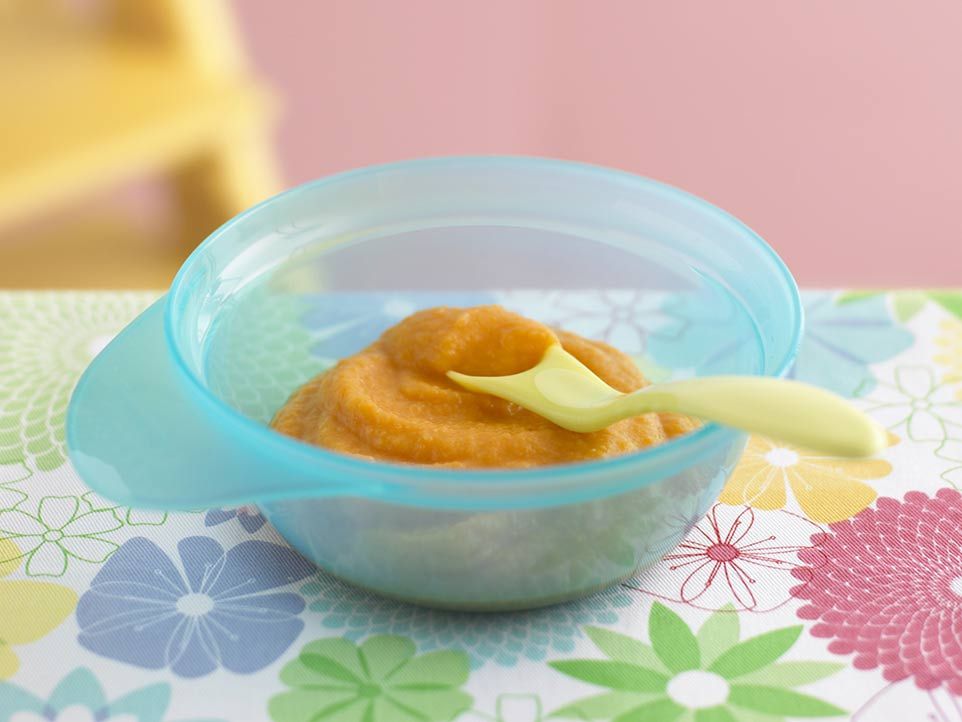 While a wheat allergy may be outgrown, celiac disease requires a strict, lifelong gluten-free diet and lifestyle.13 A gluten “allergy” is typically a misnomer, often in reference to celiac disease.14
While a wheat allergy may be outgrown, celiac disease requires a strict, lifelong gluten-free diet and lifestyle.13 A gluten “allergy” is typically a misnomer, often in reference to celiac disease.14
If your baby has a family history of allergies or if you are concerned that your baby may be allergic to wheat, talk to a pediatric health care provider before introducing wheat at home. As you would when introducing any new food, start by offering a small quantity for the first couple of servings and watch closely for any signs of an allergic reaction. If there is no adverse reaction, gradually increase the amount over future servings.
While rare, some individuals have a condition known as wheat-dependent, exercise-induced anaphylaxis, which can result in a severe allergic reaction if the person exercises within a few hours after eating wheat. These patients should avoid eating wheat in the four hours before strenuous activity.15
Lastly, individuals with Oral Allergy Syndrome (also known as pollen food allergy syndrome) may be sensitive to wheat, particularly those who are allergic to grass pollen.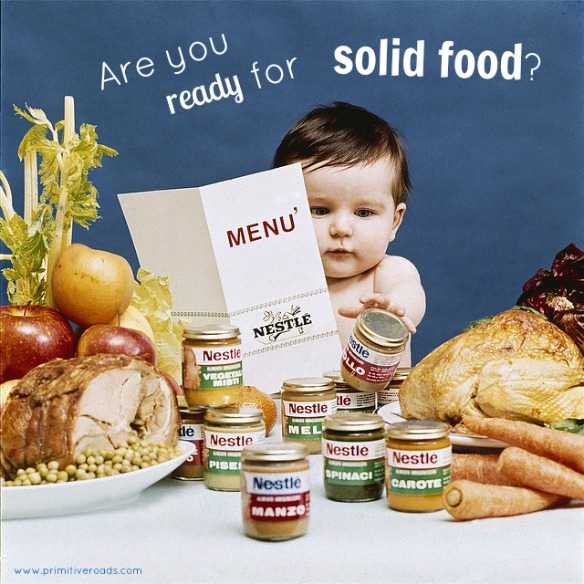 Oral Allergy Syndrome typically results in short-lived itching in the mouth. It is unlikely to result in a dangerous reaction.16
Oral Allergy Syndrome typically results in short-lived itching in the mouth. It is unlikely to result in a dangerous reaction.16
Recommended Guide: Introducing Allergens to Babies
How do you introduce wheat for babies with baby-led weaning?
Every baby develops on their own timeline, and the suggestions on how to cut or prepare particular foods are generalizations for a broad audience. Your child is an individual and may have needs or considerations beyond generally accepted practices. In determining the recommendations for size and shape of foods, we use the best available scientific information regarding gross, fine, and oral motor development to minimize choking risk. The preparation suggestions we offer are for informational purposes only and are not a substitute for child-specific, one-on-one advice from your pediatric medical or health professional or provider. It is impossible to fully eliminate all risk of a baby or child choking on any liquid, puree, or food.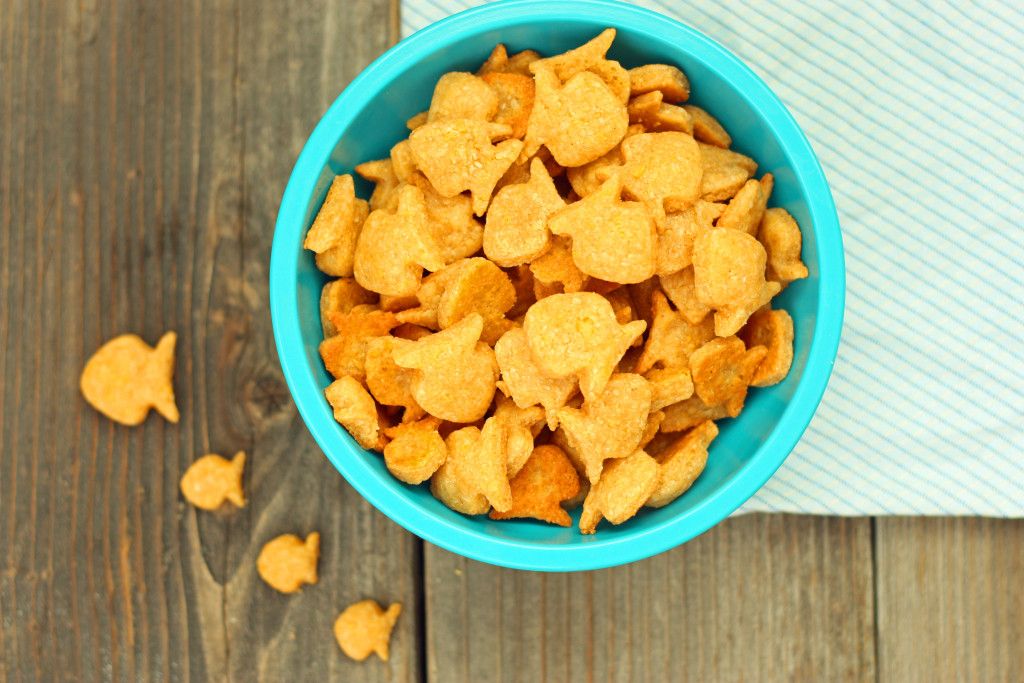 We advise you to follow all safety protocols we suggest to create a safe eating environment and to make educated choices for your child regarding their specific needs. Never disregard professional medical advice or delay in seeking it because of something you have read or seen here.
We advise you to follow all safety protocols we suggest to create a safe eating environment and to make educated choices for your child regarding their specific needs. Never disregard professional medical advice or delay in seeking it because of something you have read or seen here.
6 to 9 months old: Offer a warm wheat farina cereal or any multigrain fortified infant cereal. Stir in mashed fruits and veggies to add more vitamins and minerals, and once wheat has been safely introduced a few times, sprinkle with ground nuts for an extra nutritional boost and allergen exposure. You can also offer a strip of whole wheat bread or the end of a baguette or boule (crusty ends are often safer!) for baby to munch on. Just prepare yourself: bread, when moistened by saliva, can stick to the roof of the mouth and cause gagging. In the mood for pancakes? Check out our buttermilk pancake recipe.
9 to 12 months old: Boost nutrition by serving wheat berries (flatten with a fork to reduce any choking risk) and experiment with flavors by cooking the grains in different liquids such as coconut milk or unsalted broth or stock.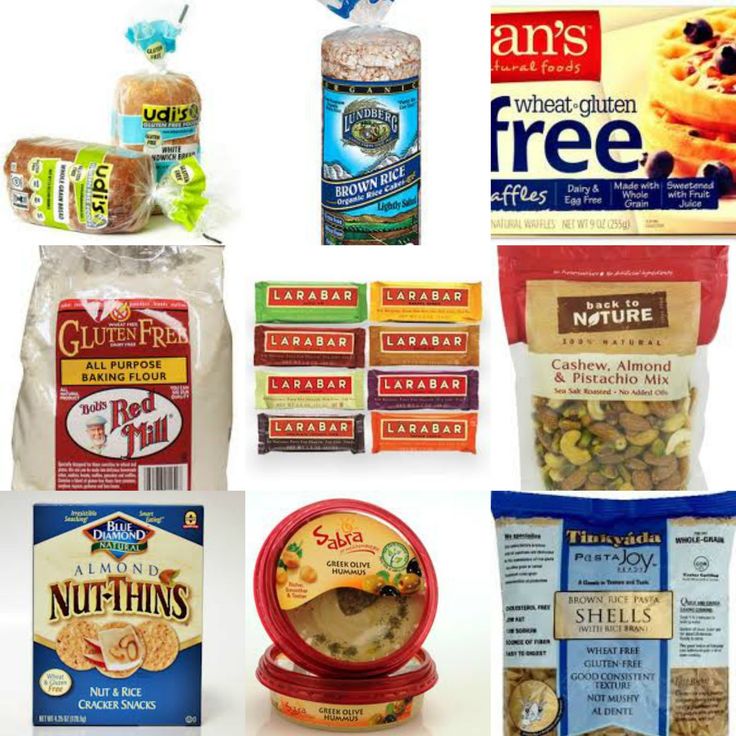 Use wheat berries as a base for other foods like steamed vegetables, or try making a porridge, pudding, or risotto.
Use wheat berries as a base for other foods like steamed vegetables, or try making a porridge, pudding, or risotto.
12 to 24 months old: This is a great time to expand the range of wheat products that you’re serving: bagels, breads, pancakes, and pizza made from whole grain wheat flour. Just be sure to keep tabs on the toddler’s overall sodium intake and round out their diet with plenty of fruits, vegetables, and whole foods to create balance.
Introducing common allergens to babies can be scary. We have a First 100 Days plan that walks you through exactly when to introduce each one with the right amount of time between them.
Recipe: Strawberries and Cream Wheat Farina
Yield: 1 cup (1 child-sized serving)
Time: 15 minutes
Ingredients
- 4 fresh large ripe strawberries or ½ cup frozen strawberries
- 1 cup whole milk or fortified plant-based milk of choice
- 3 tablespoons dry wheat farina
- ½ teaspoon ground pecan (optional)
This recipe contains common allergens: wheat, dairy, and tree nuts. Only serve after each of these individual allergens have been introduced safely.
Only serve after each of these individual allergens have been introduced safely.
Directions
- Defrost, wash, and dry the strawberries. Cut away and discard the stems. If you are starting with whole berries, set aside the largest berry aside to serve whole. Otherwise, mash the berries.
- Bring the milk to a boil. Pour in the wheat farina, whisking to prevent lumps. Turn the heat to medium low. Cook, stirring occasionally, until the cereal has softened and thickened, about 3 minutes. Remove from the heat. Stir the mashed strawberries into the porridge. Cool to room temperature.
- Scoop the porridge into baby’s bowl. Sprinkle ground pecan on top before serving.
- To Serve: Place the bowl, the whole strawberry if serving, and a baby spoon in front of baby. Let baby self-feed by scooping with hands and trying to pick up the food. If baby needs help, pass a pre-loaded spoon or the whole strawberry in the air for baby to grab from you.
To Store: Cooked wheat farina porridge keeps in an air-tight container in the fridge for 3 days.
Flavor Pairings
Wheat flours and wheat berries have a nutty taste that pairs with sweet and savory foods alike. Try experimenting with different flavor combinations that suite your family’s preferences and tastes.
Reviewed by
J. Truppi, MSN, CNS
V. Kalami, MNSP, RD
K. Grenawitzke, OTD, OTR/L, SCFES, IBCLC, CNT
S. Bajowala, MD, FAAAAI. (allergy section)
R. Ruiz, MD Board-Certified General Pediatrician and Pediatric Gastroenterologist
- Food Allergy Research & Education. Wheat Allergy. Retrieved June 7, 2020
- Luthria, D., Lu, Y., Maria John, K.M. (2015). Bioactive phytochemicals in wheat: Extraction, analysis, processing, and functional properties. Journal of Functional Foods, 18(B), 910-925. DOI: 10.1016/j.jff.2015.01.001.Retrieved February 17, 2021
- Okarter, N., Liu, R.H. (2010). Health benefits of whole grain phytochemicals. Critical reviews in food science and nutrition, 50(3), 193–208.
 DOI:10.1080/10408390802248734. Retrieved February 17, 2021
DOI:10.1080/10408390802248734. Retrieved February 17, 2021 - Ram, H., Rashid, A., Zhang, W. et al. Biofortification of wheat, rice and common bean by applying foliar zinc fertilizer along with pesticides in seven countries. Plant Soil 403, 389–401 (2016). DOI:10.1007/s11104-016-2815-3. Retrieved February 17, 2021
- Yılmaz, H., Cagla Ormeci Kart, M., Demircan, V. (2016). Economic analysis of pesticide use in wheat production for sustainable rural development. International Conference: Economic Science for Rural Development, 42(16), 295-302. Retrieved February 17, 2021
- Benincasa, P., Falcinelli, B., Lutts, S., Stagnari, F., & Galieni, A. (2019). Sprouted Grains: A Comprehensive Review. Nutrients, 11(2), 421. DOI:10.3390/nu11020421. Retrieved February 19, 2021
- Gänzle, M., Loponen, J., Gobbetti, M. (2008). Proteolysis in sourdough fermentations: mechanisms and potential for improved bread quality. Trends in Food Science and Technology, 19(10), 513-521. DOI: 10.
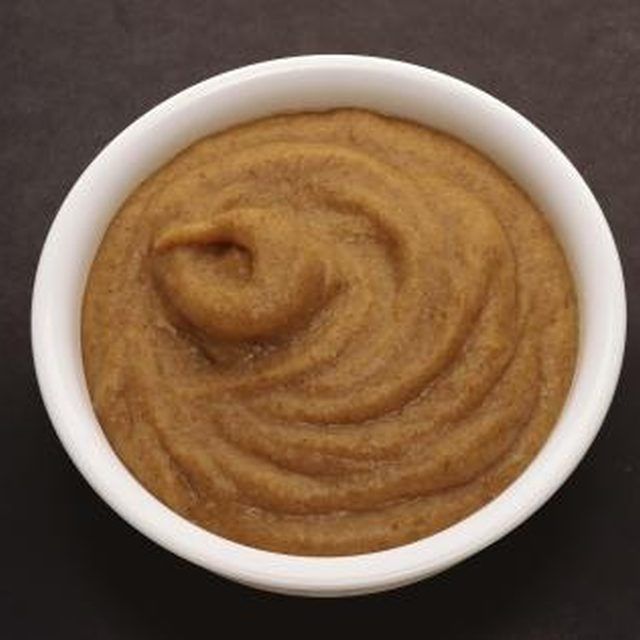 1016/j.tifs.2008.04.002. Retrieved February 17, 2021
1016/j.tifs.2008.04.002. Retrieved February 17, 2021 - Celiac Disease Foundation. What is Celiac Disease? Retrieved February 17, 2021
- Massachusetts General Hospital. Center for Celiac Research: Celiac Disease FAQ. Retrieved February 17, 2021
- Elli, L., Branchi, F., Tomba, C., Villalta, D., Norsa, L., et al. (2015). Diagnosis of gluten related disorders: Celiac disease, wheat allergy and non-celiac gluten sensitivity. World journal of gastroenterology, 21(23), 7110–7119. DOI:10.3748/wjg.v21.i23.7110. Retrieved February 17, 2021
- Food Allergy Research & Education. Wheat Allergy. Retrieved June 7, 2020
- Food Allergy Research & Education. Wheat Allergy. Retrieved June 7, 2020
- Food Allergy Research & Education. Wheat Allergy. Retrieved June 7, 2020
- American College of Allergy, Asthma & Immunology. Wheat Allergy. Retrieved February 17, 2021
- Feldweg AM. Food-Dependent, Exercise-Induced Anaphylaxis: Diagnosis and Management in the Outpatient Setting.
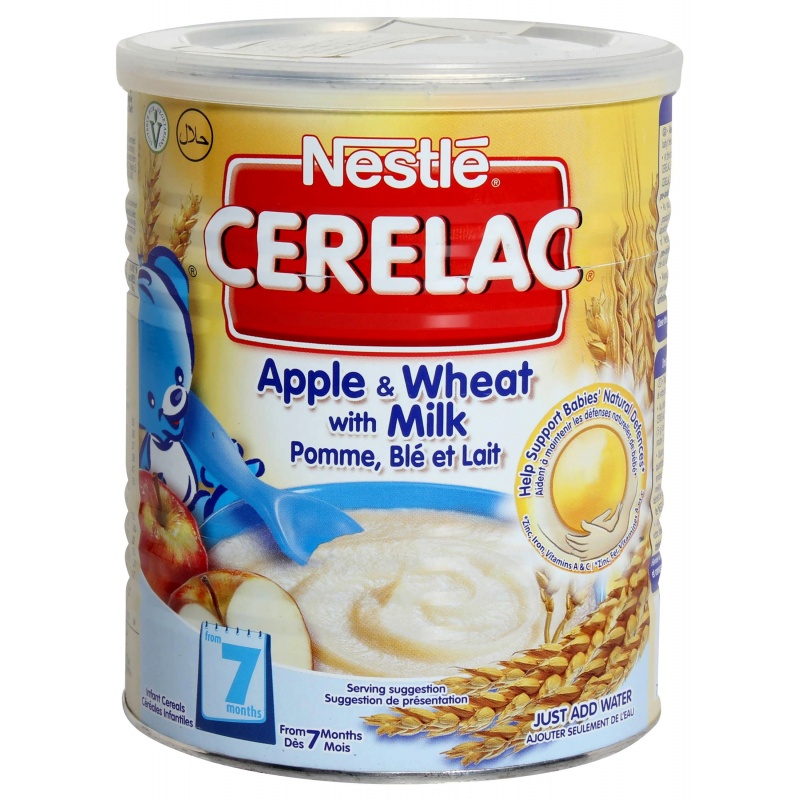 J Allergy Clin Immunol Pract. 2017 Mar-Apr;5(2):283-288. doi: 10.1016/j.jaip.2016.11.022. PMID: 28283153.
J Allergy Clin Immunol Pract. 2017 Mar-Apr;5(2):283-288. doi: 10.1016/j.jaip.2016.11.022. PMID: 28283153. - Kashyap, R. R., & Kashyap, R. S. (2015). Oral Allergy Syndrome: An Update for Stomatologists. Journal of allergy, 2015, 543928. DOI:10.1155/2015/543928. Retrieved February 17, 2021
Wheat porridge recipe for babies
By Swasthi on August 11, 2022, Comments, Jump to Recipe
Wheat porridge recipe for babies – Wheat is one of the grains that is very widely used by Indians. It is used to make roti, paratha,halwa, dalia, upma, dosa, snacks and many more. Most Indians consume wheat regularly & our bodies have no issues with gluten that’s naturally present in this grain. However it is different for babies and care must be taken when you introduce wheat to your baby.
This post will guide you in detail on
When & how to introduce wheat to your baby?
The possible reactions after consuming wheat
Health benefits of wheat
How to make wheat porridge for baby?
You can check this post for more Indian baby food recipes.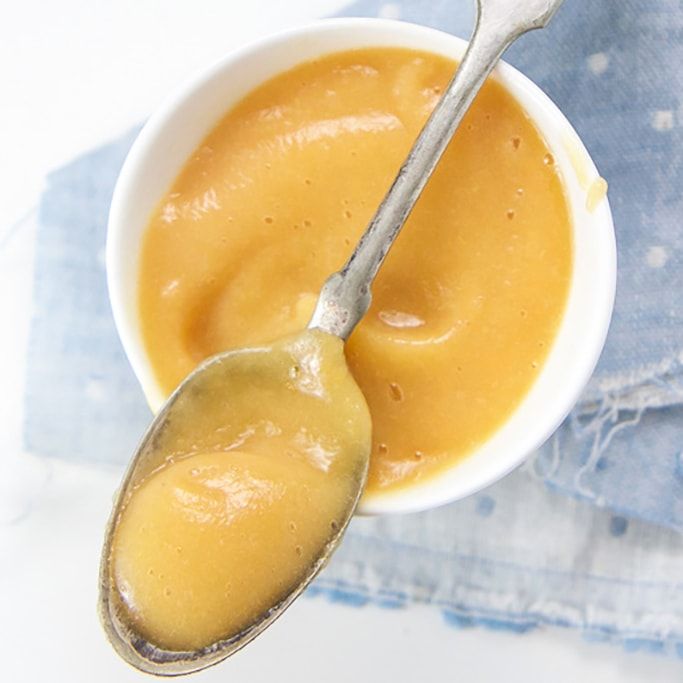
When to introduce wheat to baby?
Typically a baby is introduced to solids after 6 to 8 months of age. A baby has to be breastfed exclusively until it completes 6 months. Solids are introduced only as complimentary to get the baby used to solids. So until a baby turns 1 year old, breastfeeding or formula is the main source of nutrition.
Single fruit, single veggie and single grain are introduced first. Rice, Ragi and Oats are the grains considered to be the safest and are introduced first.
Wheat is one of the known grains for allergies so do not introduce wheat as a first grain for your baby. It is good to introduce it later after 8 months when you are done introducing other grains.
How to introduce wheat to your baby?
Whole wheat is available in 3 forms in the market. First one is whole grain, Second is flour (atta) and last is broken wheat (dalia). Among all the 3, using whole wheat or broken wheat is the best as they are least processed. But the most convenient one is using flour or atta.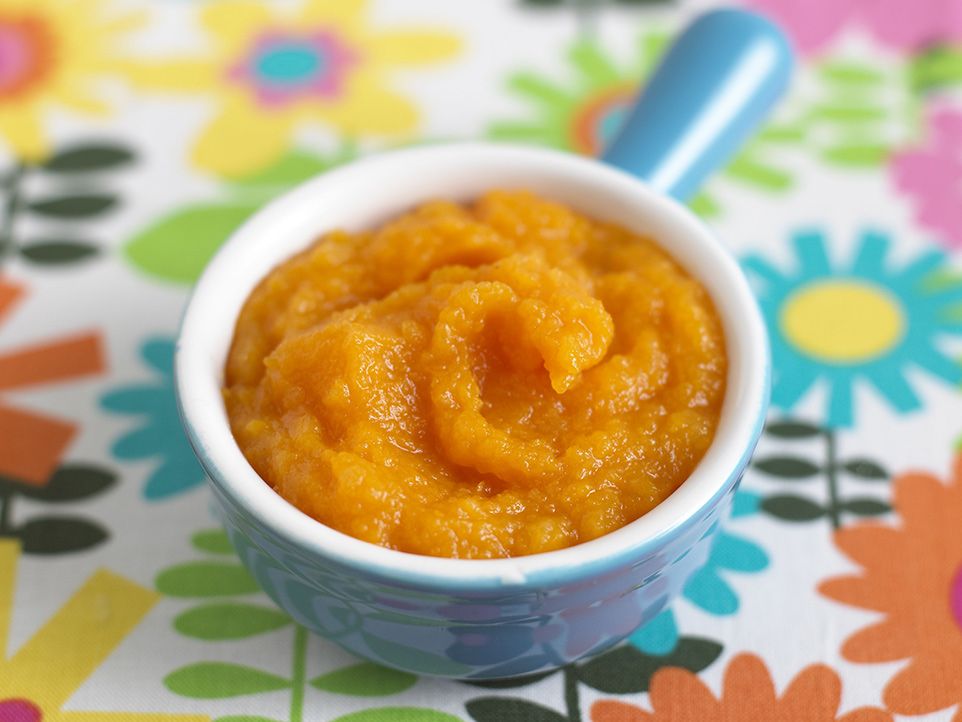
A baby’s first year is very crucial & the digestive system is still developing so it is good to use homemade or milled flour or at least organic flour.
For both my babies I used to carry the milled flour from my mum’s home in India. Since it was hard for me to wash, sun dry and then mill the whole grains here in Singapore.
In this post I have shared a wheat porridge recipe using atta. As you can see in the pictures, the baby food turns out smooth and delicious. You can flavor the wheat porridge with any of the fruits like apple, banana, chikoo (paal sapota) , pear or papaya.
I have shared apple wheat porridge here. Similarly you can can make it with any other fruit which has already been introduced to your baby.
Follow the 3 day rule while introducing wheat
Please follow this post on Baby food chart for 6 months old to know in detail about how to introduce solids or first foods to your baby and how much can you feed your baby.
As with any other foods, follow the 3 day test rule when you introduce wheat to your baby. Wait until the fourth day to make sure your baby is not allergic to it.
Always introduce new foods only in the first half of the day. So it is easy to resolve the issues the same day.
Quantities to introduce
Some babies are extremely sensitive to wheat so start with a low quantity.
8 months old baby – Start with 1 tsp of the wheat porridge on the first day. If your baby does well, increase it to 1 tbsp on the 2nd and 3rd day. You can give about ¼ cup of porridge on the 4th day.
9 months old baby – Start with 1 to 2 tbsp of the porridge on the first day. 2 tbsp of the second & third day. Give about ½ cup on the 4th day.
Possible reactions after consuming wheat
Most babies do well with wheat but it is not suitable to all. Please avoid wheat if a member of your family is allergic to wheat or has intolerance to gluten or has celiac disease.
Following are the most possible reactions with wheat if it is not suitable to the baby:
Itching, hives, rashes on the skin, runny nose, watery eyes and dehydration are some of the symptoms which a baby might show up if wheat is not suitable.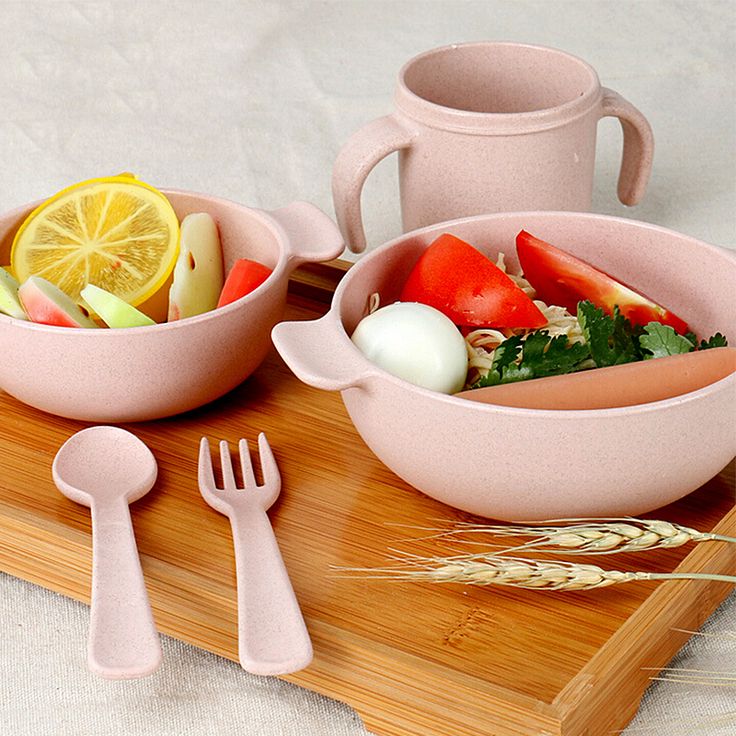 Less likely symptoms are diarrhea, colic and lack of appetite.
Less likely symptoms are diarrhea, colic and lack of appetite.
Please seek medical assistance at the earliest if you notice any of the above symptoms.
Health benefits of wheat
Whole wheat is a rich source of carbohydrates, fiber, iron, vitamins and minerals. If properly prepared it may help to gain weight, beat constipation and prevent iron deficiency in babies.
If wheat is not suitable to your baby, then it may worsen the constipation. So please follow the 3 day test rule.
How to make wheat porridge for baby
There are 2 ways you can make wheat porridge. One with milk and the second one with fruit.
If you prefer to make the milk based wheat porridge then, cook the flour in water. Cool it and then mix it with formula or breast milk to bring it to a consistency.
You can also make wheat porridge with a fruit. Fruits help to boost the appetite and strengthens the immune system of the baby.
It is good to introduce wheat along with a fruit that has already been introduced to your baby. Banana, apple, chikoo and pear are the fruits you can try with.
Banana, apple, chikoo and pear are the fruits you can try with.
If your baby has constipation, then consider adding a ripe banana or papaya to the wheat baby food.
More baby food recipes
Baby rice cereal
Oats milk porridge
Apple rice cereal
Apple oats porridge
Wheat porridge recipe for babies
Prep Time2 minutes
Cook Time10 minutes
Total Time12 minutes
Servings1
AuthorSwasthi
- ▢ 3 tbsp Wheat flour or atta (organic if possible)
- ▢ 200 ml water
- ▢ 1 small Apple – low acid variety – sweet
- ▢ 1/8 tsp ghee homemade only (refer notes)
Substitutes for apple
- ▢ 1 small Ripe banana
- ▢ 3 to 4 small Ripe chikoo or paal sapota
- ▢ 1 small pear
- ▢
Optional step – Dry roast 1 cup of wheat flour on a medium flame until it smells good.
 Cool this completely. You can sieve the flour if it has bran. Transfer to a air tight jar. Use this when ever needed.
Cool this completely. You can sieve the flour if it has bran. Transfer to a air tight jar. Use this when ever needed.
Make wheat porridge
- ▢
Add wheat flour to a pan and pour water. If you pour water to hot flour it will turn lumpy. So cool the flour first and then pour water.
- ▢
Stir well with a spoon until smooth.
- ▢
Begin to cook on a medium heat stirring often until the mixture thickens.
- ▢
Turn off the stove. Add ghee. Stir and keep covered for at least 5 mins. Cool this.
- ▢
Meanwhile wash and peel the apple or any other fruit you have already introduced.
- ▢
Cut to pieces and add it to a blender. Make a fine puree.
- ▢
Pour this to the cooled wheat porridge. Mix well. If you haven’t been giving raw apple yet to your baby then, pour the pureed apple to the hot wheat porridge. Do not cook further. Just mix and keep the pot covered for a while. The apple gets cooked slightly.
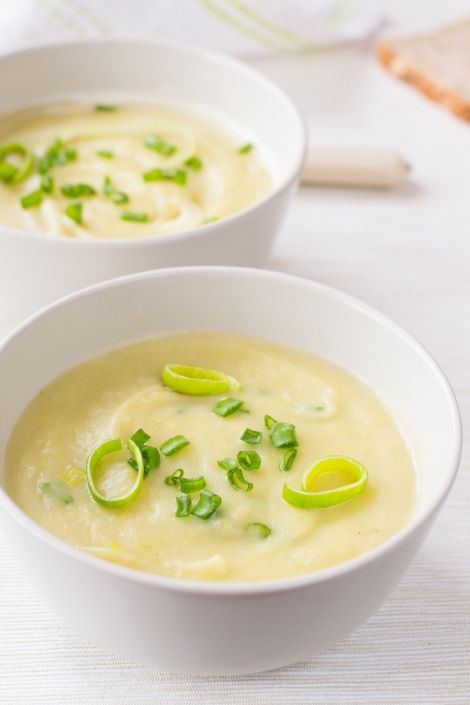
- ▢
Cool the apple wheat porridge completely and then feed your baby.
Please Consult your pediatrician before you introduce wheat to your baby.
Firstly try to use milled flour as the grains can be washed, sun dried and then milled to our liking. If that is not possible, try to use organic flour.
You can skip roasting the flour. Roasting brings in an aroma but babies will like it otherwise too. I had never roasted the flour for my babies.
Please taste the flour before using. Avoid rancid smelling or rancid tasting flour.
Do not use milk if using fruit.
If you wish to skip the fruit, cook the wheat flour in water and then mix formula mix.
The quantities mentioned above is good for a 8 months baby. Please scale down the flour but not the fruit if making for a younger baby.
Please scale down the flour but not the fruit if making for a younger baby.
As your baby grows, you can increase the quantity of flour and keep the fruit same.
Homemade ghee is best for babies. Avoid store bought ghee.
Limit wheat porridge to 3 servings a week. Include a variety of grains like rice, oats and ragi.
Alternative quantities provided in the recipe card are for 1x only, original recipe.
For best results follow my detailed step-by-step photo instructions and tips above the recipe card.
Nutrition Facts
Wheat porridge recipe for babies | Homemade apple wheat baby food
Amount Per Serving
Calories 164 Calories from Fat 9
% Daily Value*
Fat 1g2%
Cholesterol 1mg0%
Sodium 11mg0%
Potassium 159mg5%
Carbohydrates 37g12%
Fiber 4g17%
Sugar 15g17%
Protein 2g4%
Vitamin A 80IU2%
Vitamin C 6. 8mg8%
8mg8%
Iron 1mg6%
* Percent Daily Values are based on a 2000 calorie diet.
Tried this recipe?Mention @SwasthisRecipes or tag #swasthisrecipes!
© Swasthi’s Recipes
About Swasthi
I’m Swasthi Shreekanth, the recipe developer, food photographer & food writer behind Swasthi’s Recipes. My aim is to help you cook great Indian food with my time-tested recipes. After 2 decades of experience in practical Indian cooking I started this blog to help people cook better & more often at home. Whether you are a novice or an experienced cook I am sure Swasthi’s Recipes will assist you to enhance your cooking skills.
Follow Swasthi’s Recipes
Sign up to receive awesome Swasthi’s Recipes in your inbox *
Popular Recipes
Featured Recipes
Wheat in baby food
Special feature: contains gluten, not suitable for first foods
Wheat is a genus of annual herbaceous cereal plants.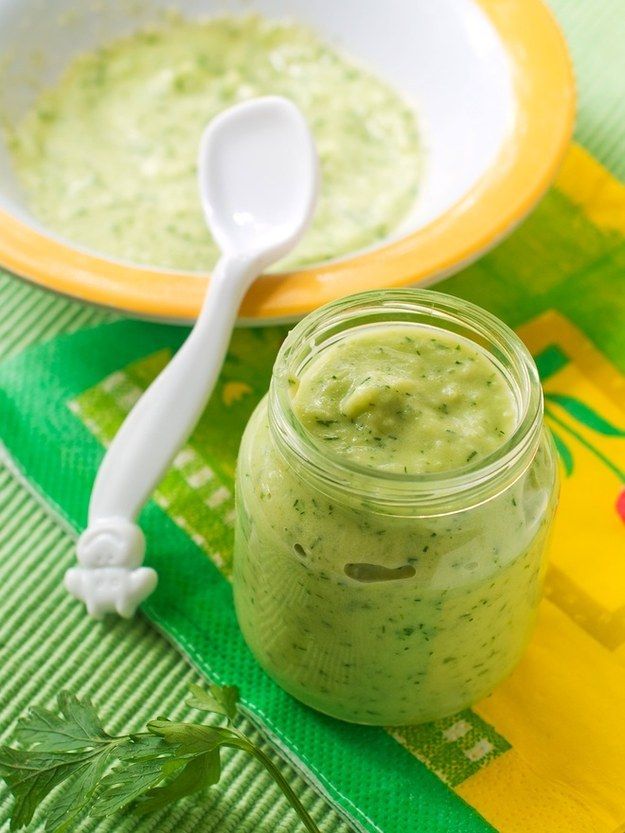 Wheat is considered the leading grain crop in many countries of the world, including Ukraine.
Wheat is considered the leading grain crop in many countries of the world, including Ukraine.
Flour is obtained from wheat grains, which is used for baking bread, making pasta and confectionery. Wheat is also used as a forage crop. By grinding wheat grains, wheat groats are obtained, from which tasty and healthy wheat porridge is prepared.
100 g of wheat porridge contains 329 kcal
| Vitamins | Macronutrients | Microelements |
| Vitamin PP - 1.4 mg Vitamin B1 (thiamine) 0.3mg Vitamin B2 (riboflavin) - 0.1 mg Vitamin B6 (pyridoxine) - 0.5 mg Vitamin B9 (folic) - 32 mcg Vitamin E (TE) - 1.7 mg Vitamin PP (niacin equivalent) - 2.7mg | Calcium - 40 mg Magnesium - 60 mg Sodium - 17mg Potassium - 230 mg Phosphorus - 276 mg Sulfur - 81 mg | Iron - 4. Zinc - 1.09 mg Copper - 370 mcg Manganese - 0.76 mg Fluorine - 90 mcg Molybdenum - 13 mcg Cobalt - 2.1 mcg |
Even in ancient times, wheat porridge was considered one of the staple foods. Two hundred years ago, in our country, wheat porridge was considered an obligatory dish on every table. Properly cooked wheat porridge is tender, airy, very tasty and healthy.
Read also: The benefits of cereals: the most useful cereals
Composition and nutritional properties of wheat porridge
- proteins - 11 g
- fats - 1.2 g
- carbohydrates - 68.5 g
- dietary fiber - 4.6 g
- water - 14 g
- mono- and disaccharides - 1.8 g
- starch - 66.2 g
- ash - 0.7 g
- saturated fatty acids - 0.2 g
- vitamins PP, B1, B2, B6, B9, E
- calcium, magnesium, sodium, potassium, phosphorus, sulfur, iron, zinc, copper, gluten and others.
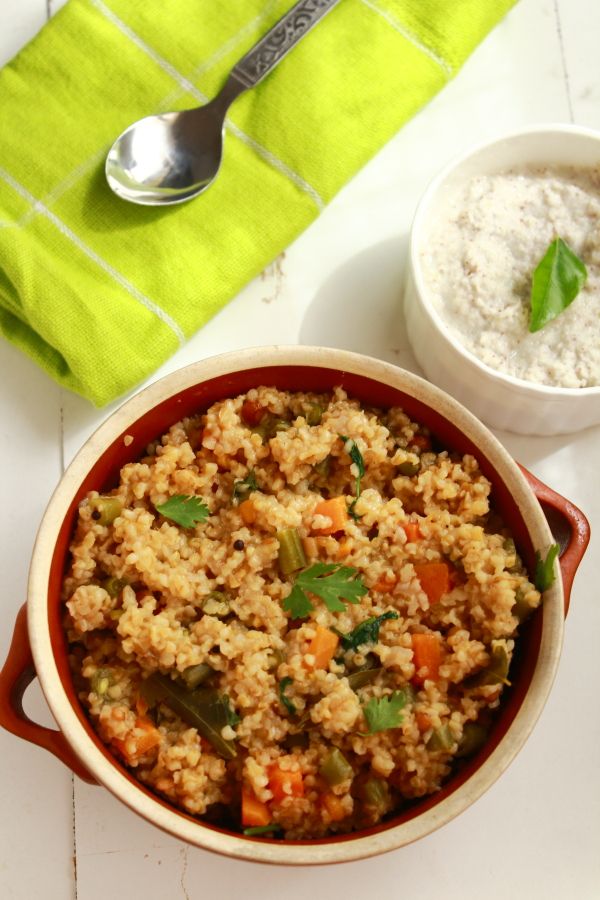
Useful properties of wheat
Wheat porridge is valuable for its tonic properties, it stimulates the immune system. Wheat groats are a natural source of energy for the human body, which makes it an indispensable product in the daily diet.
Dishes made from wheat groats are considered to be regulators of fat metabolism, they have a beneficial effect on the functioning of the gastrointestinal tract, and lower cholesterol levels in the blood.
Wheat porridge improves the activity of the brain and the cardiovascular system. Wheat porridge slows down the aging process in the body, improves the condition of the skin, nails and hair.
In addition, wheat porridge helps to remove toxins, toxins and salts of heavy metals from the body.
Contraindications for use
Wheat porridge can be eaten by almost everyone , except for those people who suffer from gastritis with low acidity.
Wheat in children's diet
Wheat porridge contains gluten (gluten), which can cause allergic rashes in children, so it is recommended to introduce this porridge into a child’s diet no earlier than 9-11 months.
It is better to start introducing wheat porridge into the child’s diet from factory-made porridge, it is prepared according to a special recipe, due to which it has a liquid and homogeneous consistency. After a year, the child can be gradually transferred to homemade porridge.
See also: baby food Flakes
Preparation and consistency
Wheat porridge is cooked in a ceramic dish. The amount of water and cereals is taken at the rate of two parts of water and one cereal. The cereal is thoroughly washed under cold water.
Next, the cereal is poured with water, salt is added to taste, as well as a small amount of sunflower oil. Cook wheat porridge over medium heat. As soon as the porridge begins to gurgle, it must be removed from the stove, covered with a lid and left to infuse for 15 minutes.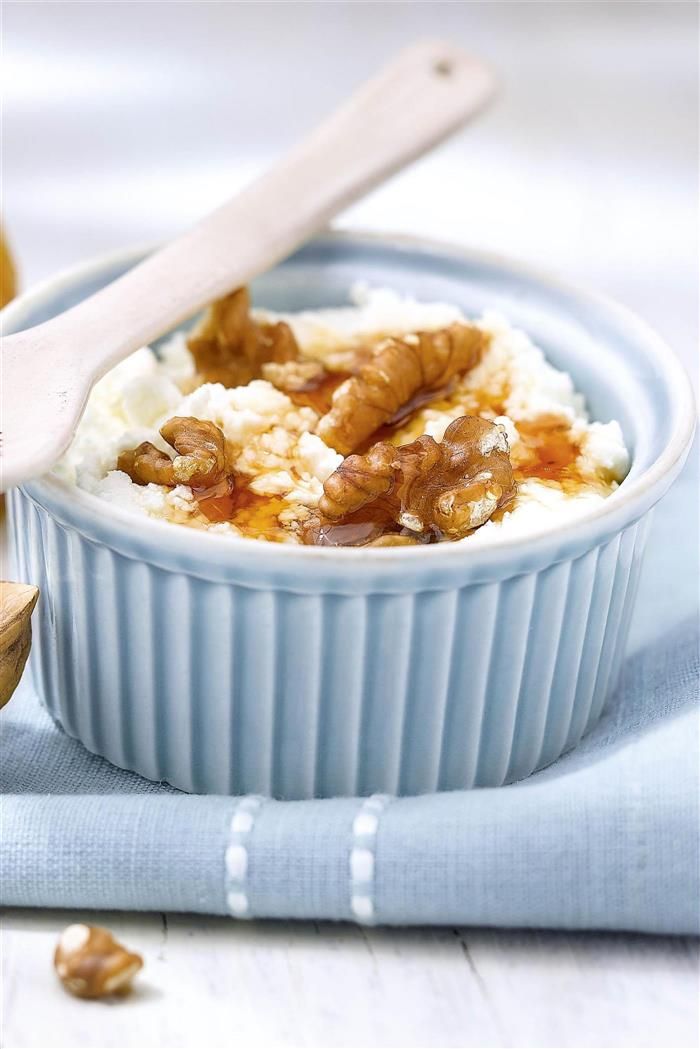
Recipes for children
Wheat porridge with dried fruits
Ingredients:
- wheat groats 1 glass
- apple juice 1.5 cups
- dried apricots, finely chopped 0.5 cup
- prunes, chopped 0.5 cup
- ground cinnamon 0.5 tsp. spoons
- finely chopped walnut 0.5 cup
- honey 1 tbsp. spoon
Preparation:
Boil wheat porridge. Bring apple juice, dried apricots, prunes and cinnamon to a boil in a large container over moderate heat, mix with porridge and walnuts, remove from heat. Cover and leave for 5 minutes.
Serve with honey!
Wheat porridge with carrots and apples
Ingredients:
- wheat groats 300 g
- water 400 ml
- milk 400 ml
- apple 3 pcs.

- carrot 1 pc.
- honey 4 tbsp. spoons
- butter 2 tbsp. spoons
- cloves to taste
- salt to taste
Preparation:
Pour the grits with hot salted water and cook until the grits have absorbed all the water. Pour in hot milk and cook over low heat for 20 minutes. Cut the apples into slices, grate the carrots on a coarse grater. Rub the cloves into powder. Add apples, carrots, cloves, honey to the porridge. Warm up the porridge and serve with butter.
Wheat porridge with carrots
Ingredients:
- wheat groats -200 g
- carrots - 1 pc.
- salt
Preparation:
To prepare wheat porridge with carrots, pour the grits into a sieve, rinse.
Grate carrots on a coarse grater. Grains with carrots pour 400 grams of boiling water. Salt a little, mix (the water should be a little salty).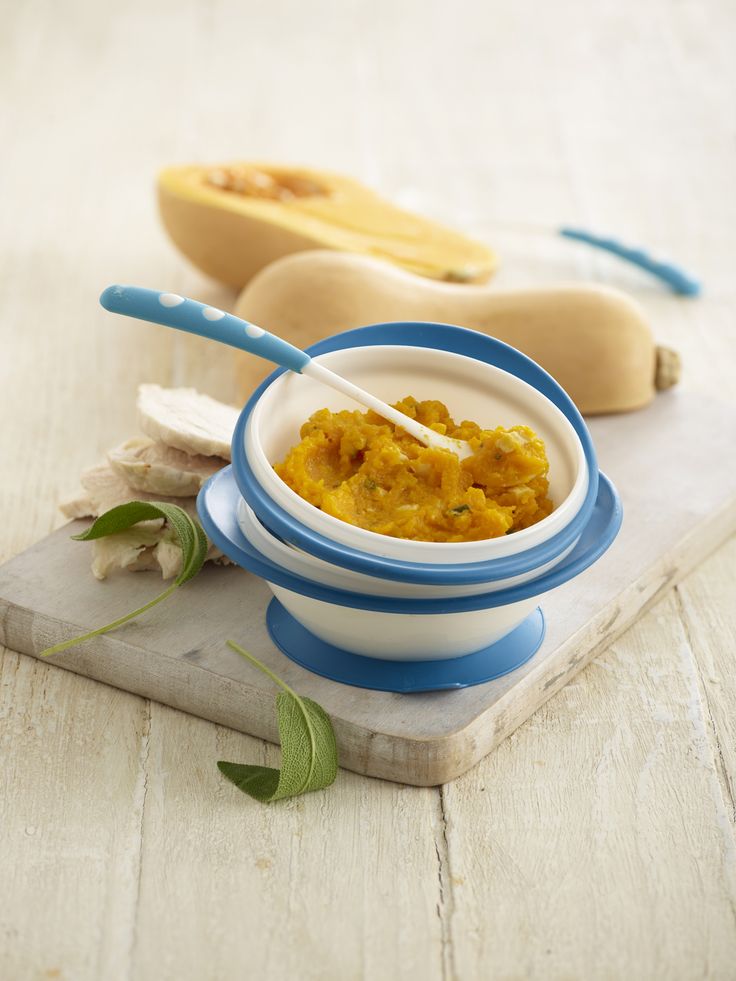

 7 mg
7 mg 
